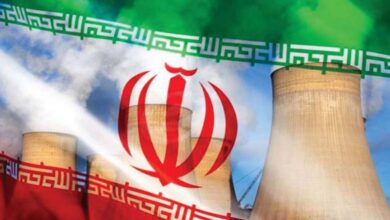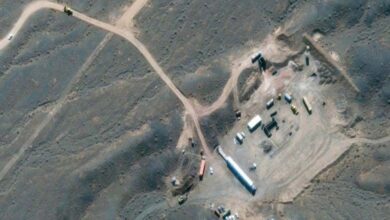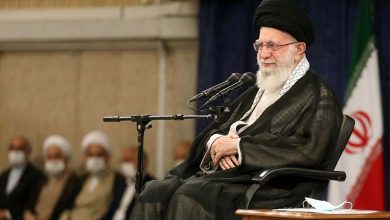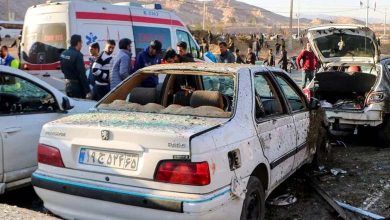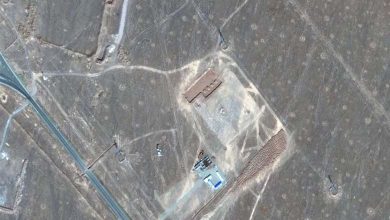2022: Nightmare year for Iran’s regime – More violent protests and brutal repression do not work
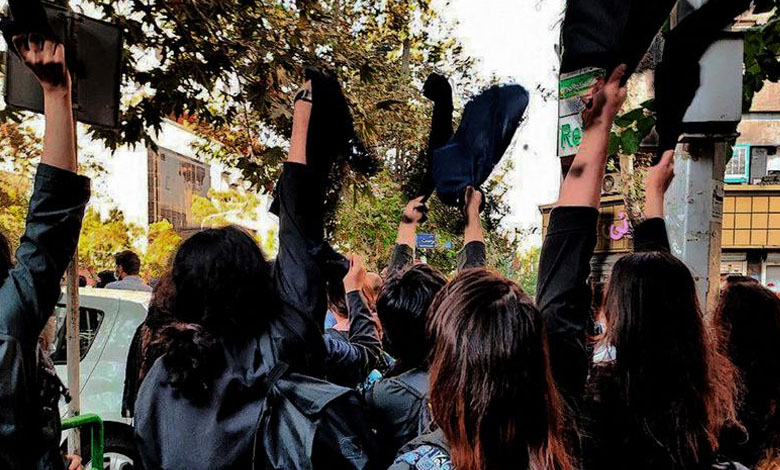
The Iranian regime has suffered from popular protests over the past five years, the protests have escalated to their peak in 2022. These waves of protests clearly reflect the extent of public anger towards the regime and the inability of the Iranian state to meet the basic needs of its people. This has caused a continuous state of instability, especially as the Iranian regime finds no way to control the protests except through increasing the intensity of repression and violence.
Brutal repression
The recent mass protests began after the death of young Mahsa Amini, three days after she was arrested by the Iranian morality police for not abiding by the Hijab rules in Iran. Since the first moments the Iranian regime moved violently against the popular demonstrations, causing hundreds of casualties, and the complicity of the Iranian judiciary with the regime in the attempts to intimidate the people by issuing death sentences against the demonstrators.
In mid November 2022, the Iranian judiciary issued a death sentence against three people, raising the number of demonstrators sentenced to death to five, according to official statistics. However, the Iranian opposition maintains that it is more dangerous to carry out summary executions in the streets. At least three demonstrators were recently shot dead by security forces in Kurdistan province. “Three people have so far been killed by government security forces, two in Sanandaj and one in Kamyaran,” said the Oslo-based Iran Human Rights Watch (HRW) on Saturday. The security forces have killed at least 326 people in the ongoing crackdown on protests, including 43 children and 25 women, and the actions have not regressed despite the Iranian regime’s use of excessive force to counter what rights groups say are largely peaceful protesters and mass arrests targeting journalists and lawyers.
Hundreds of executions
Human Rights Iran (HRW) has confirmed that, as of the beginning of December, Iran had executed more than 504 people in 2022, more than the number of executions that took place in 2021, at a time when human rights organizations are increasingly concerned about the Iranian regime’s increasing brutality and the use of more death sentences to spread terror among demonstrators and their families. Many of those who received death sentences were accused of using violence against security during demonstrations, and in some cases where people proved themselves at home and did not participate in protests, the authorities charged them with collaborating with Israel and executed because of it. The director of the organization, Mahmoud Amiri, said that the regime’s sanctions lack legal legitimacy, adding that these executions are aimed at spreading fear in society and distracting public opinion from the failure of the Iranian intelligence service.
Death toll
Iranian human rights organizations have confirmed that the announced death toll, although huge, is not accurate as there are other cases that have not been recorded. The Iranian authorities killed demonstrators in 26 Iranian provinces, mostly in Sistan, Baluchestan, Kurdistan, West Azerbaijan, Tehran, Mazandaran and Kermanshah, respectively. The death toll was recorded in 26 people in Sistan and Baluchistan, 128 people in Kurdistan, 53 people in West Azerbaijan, 51 people in Tehran, 43 people in Mazandaran, 37 people in Kermanshah, 25 people in Cean, 24 people in Borz, 16 people in Eshan, 14 people in Khorran, 8 people, 100 people in Iran, People in Zanjan, 4 people in East Azerbaijan, 4 people in Lorestan, 3 people in the center, 3 people in Qazvin, and 3 people in Hamedan, where the largest number of deaths were recorded on 21, 22 and 30 September “Bloody Friday in Balochistan”, 4 November was the bloodiest day this month with 21 deaths recorded.
Human rights organizations have confirmed that the figures announced are the bare minimum, with reports of killings of protesters in the past few days still under investigation, and Iran For Human Rights has received a large number of reports of deaths that it continues to investigate taking security considerations into account and internet shutdowns, so the actual number of deaths is certainly higher.





